Authors: Amy Gibbs* and Brian Hudelson, UW-Madison Plant Pathology
Houseplants offer many benefits beyond beautifying a space. Not only can they improve the air quality in your home, they also can improve your mental well-being and reduce stress through basic care techniques.
Caring for houseplants involves attention to light, temperature, water, and nutrients. Proper placement in the home, appropriate watering techniques, and fertilizing during active growth are essential for keeping plants healthy. It’s also important to watch for signs that a plant needs repotting or has pest or disease issues. This guide offers practical tips for each aspect of houseplant care, ensuring your plants thrive indoors year-round.
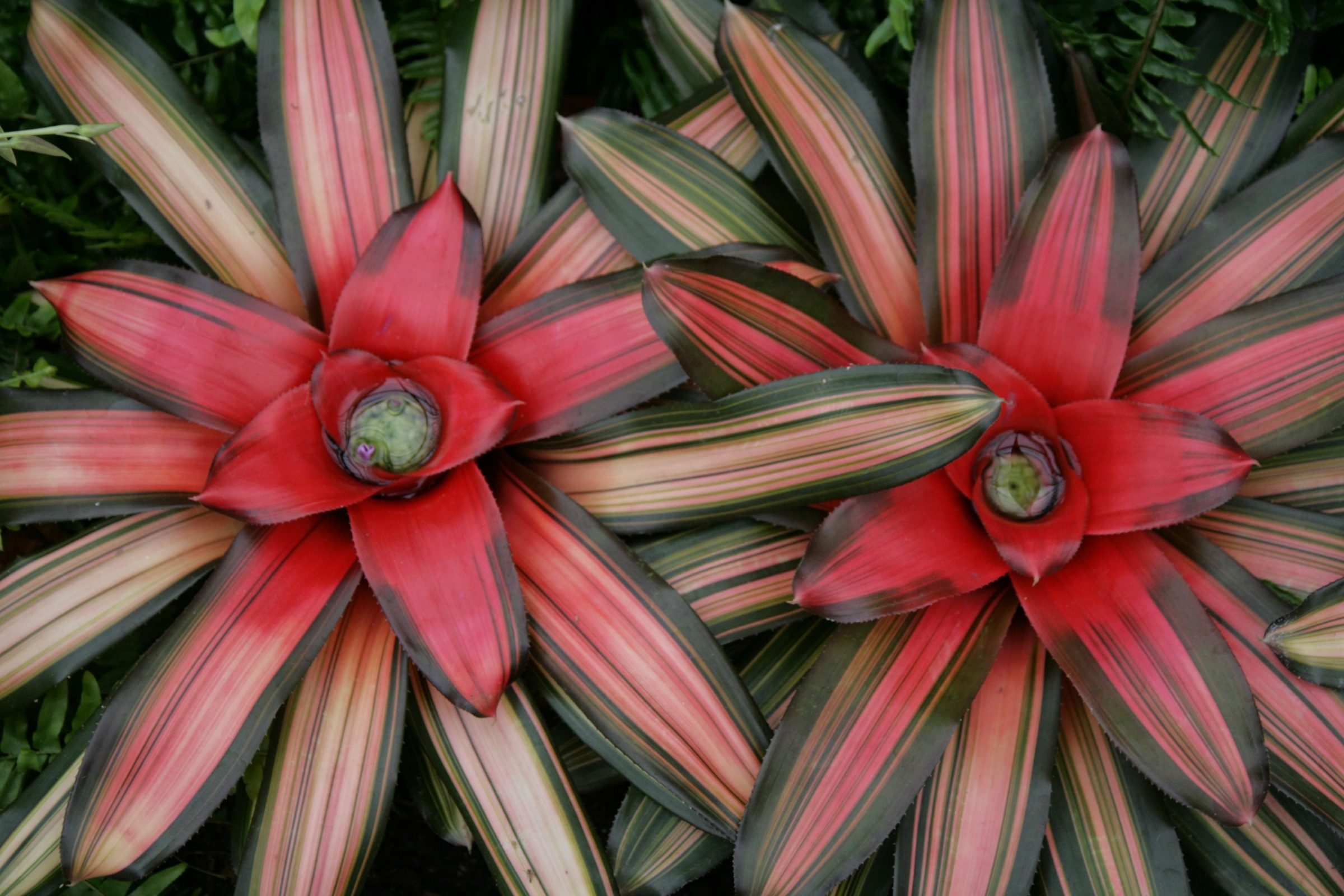
Location
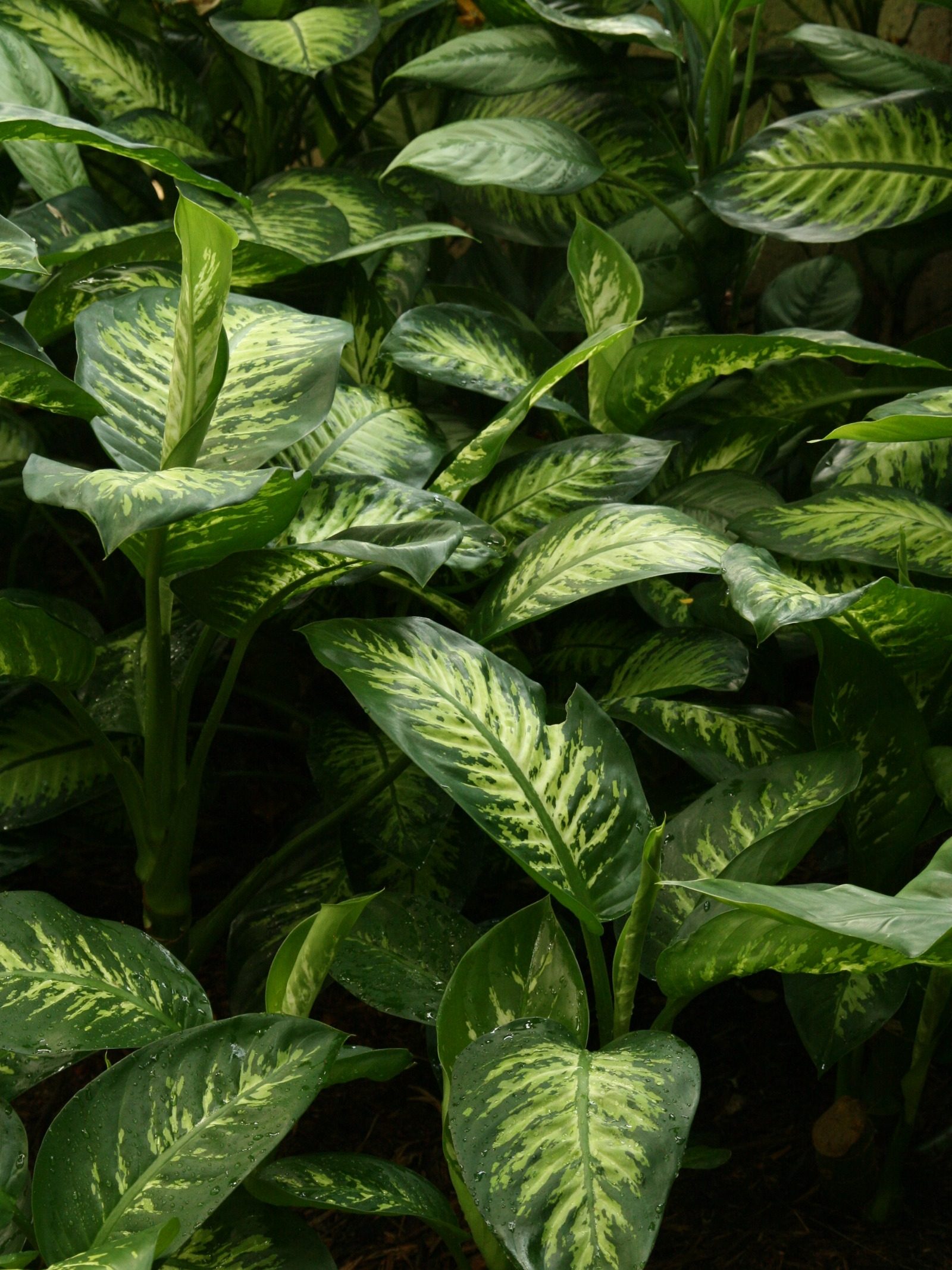
Choosing the right location for your houseplant
Two of the most important factors in placing a houseplant in your home are light and temperature. Know both the light requirements of your plant and the sources of light in your home (including amount and duration) in order to match a plant with its proper location. Too little light often causes faded leaves and flowers, stunted growth, and lack of flowers on flowering plants. Too much light can result in wilting, burning, and a washed out appearance of leaves. Also be aware of temperature requirements of your plant. Air currents around windows and doors can produce cold drafts that some plants cannot tolerate. Information on light recommendations and minimum temperature requirements is often included with a plant at the time of purchase. Many houseplant reference books are also available that can provide this information.
Video: Indoor Plant Lighting
Whether you are nurturing houseplants or starting seeds, indoor lighting makes a difference. In this video, learn more about the basics of indoor plant lighting. You will learn about fluorescent, LED and incandescent options for houseplants and seed germination. Our beginner-friendly indoor lighting tips will help you and your plants thrive indoors!
Watering
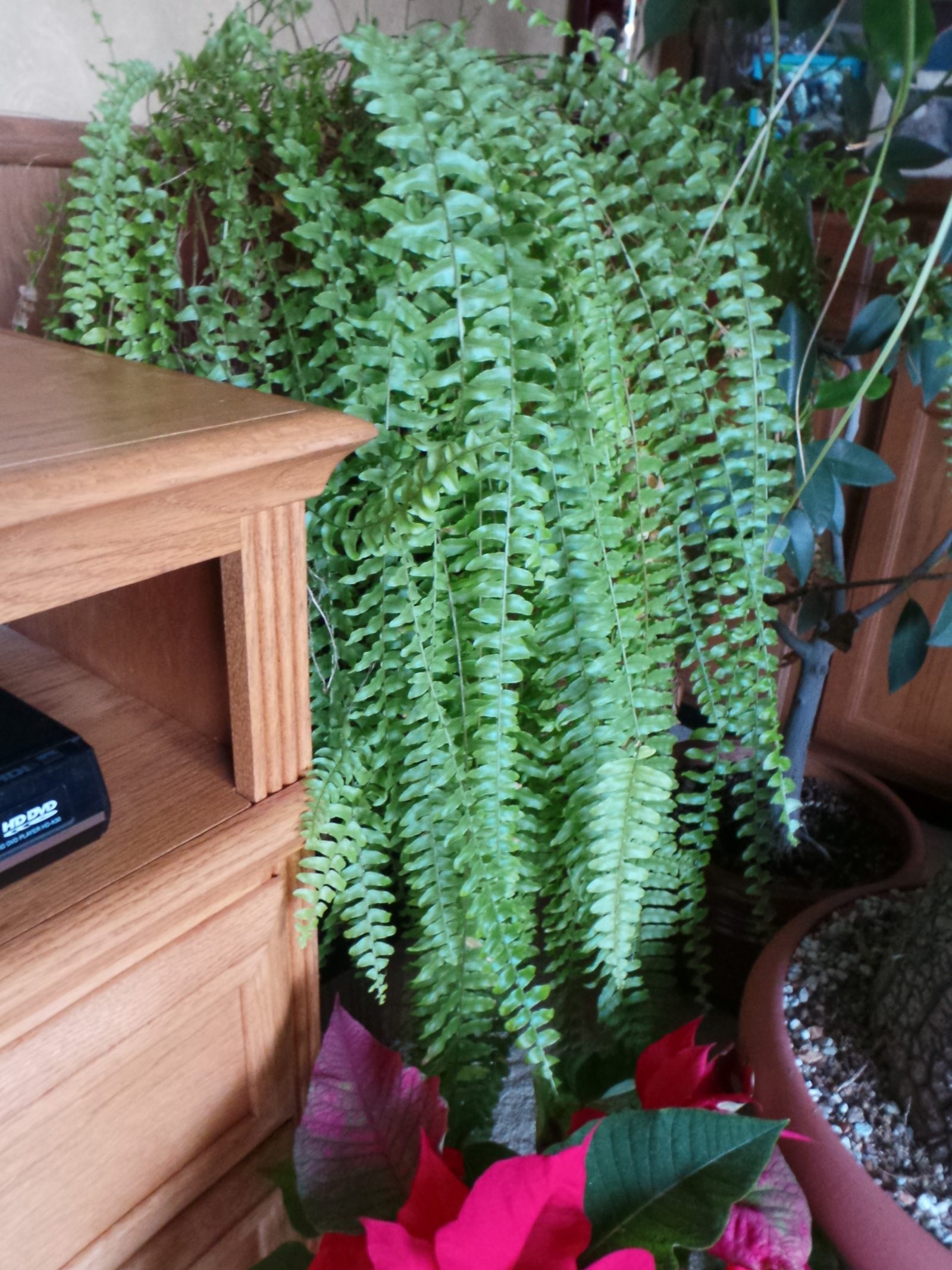

When to water houseplants
Water needs vary depending on the individual plant and the conditions under which it is grown. Small pots absorb water more quickly than large pots and clay pots more quickly than plastic. The stage of growth of a plant alters its water requirements as well. When a plant is actively growing it requires more water than during its slow growth periods (e.g., winter).
Most plants fall under one of two watering categories; those that prefer evenly moist soil (soil should not be allowed to dry out) and those that should be watered when the soil is dry to the touch. Insert a finger approximately one inch below the soil surface to feel for moisture. Water only if the soil is dry. Many plants, in particular succulents and cacti, need to be kept dry when they are not flowering.
Improper watering is a primary cause of plant death. Too little water can lead to stunted growth, wilting and eventual plant death. Excess water causes roots to suffocate and can contribute to problems with root rots, resulting in yellowing of foliage and eventual wilting or death of the plant.
How to water houseplants
Before watering, make sure your plant’s pot has good drainage. During the season when your plant is actively growing, apply water until it starts to seep through the drainage holes at the bottom of the pot. Allow the water to drain into the saucer for 10 to 20 minutes and remove the excess water from the saucer, or elevate roots and soil above the drainage water. Do not allow a plant to stand in water unless this is a specific requirement for the plant. When using tap water, allow the water to sit for at least 24 hours prior to use to allow time for chlorine and fluoride (chemicals that can cause tip burn on many houseplants) to evaporate. For most plants, watering directly onto the soil surface with a narrow-spouted watering can is easiest. Some plants, such as African violets , do not like to have water splashed on their leaves. For these plants, pour water into the saucer and allow the plant to stand 20 to 30 minutes before removing any excess water.
Fertilizing
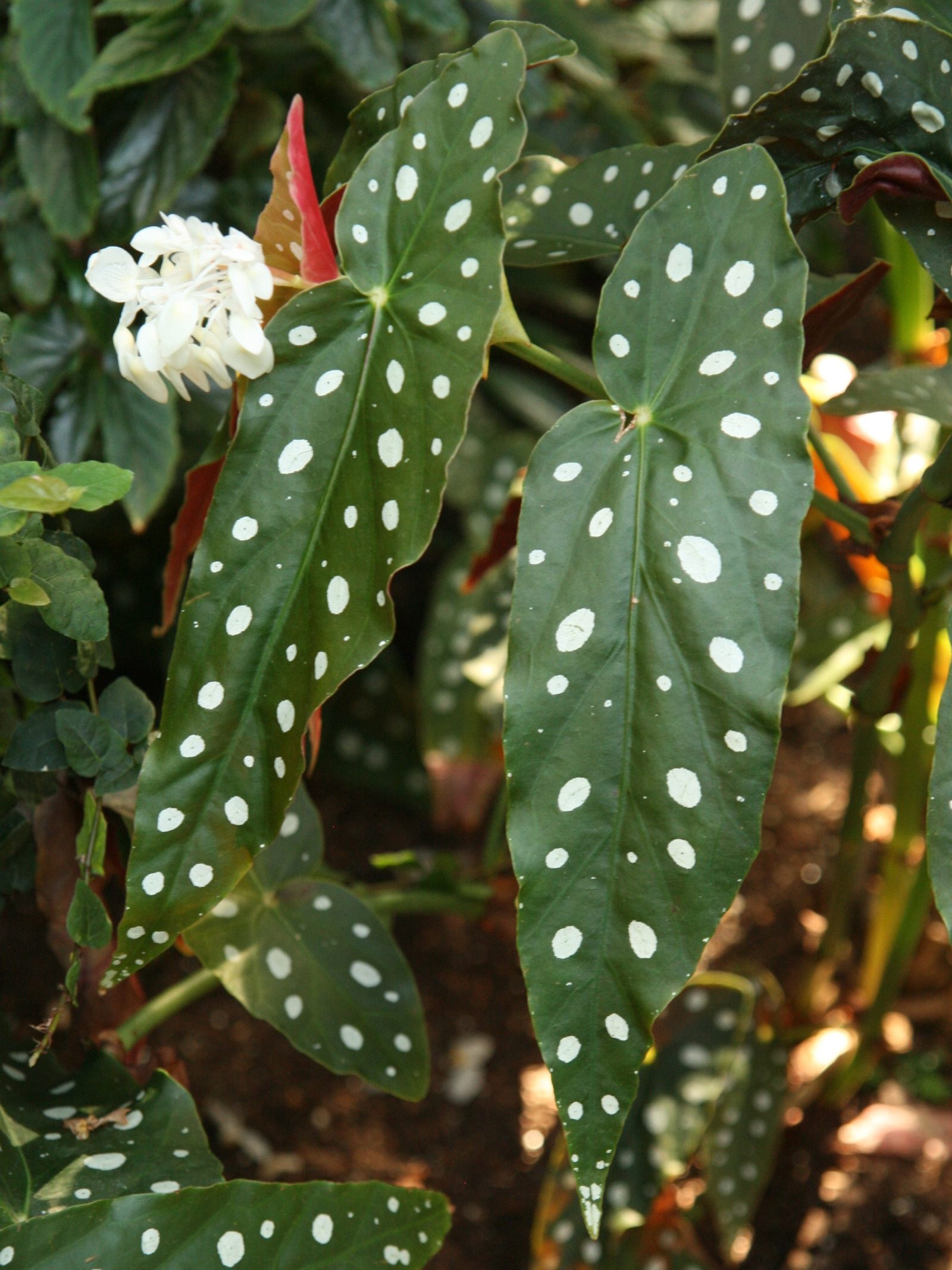
Fertilizing your houseplant is important as it has a limited amount of soil from which to draw nutrients. Liquid fertilizers are commonly used on houseplants, although powdered and granulated fertilizers can also be used. Liquid fertilizers are often purchased as concentrates and must be diluted before being applied to a plant. Fertilization is only necessary during active growth; for most plants this is between spring and fall. Plants that bloom in the winter, however, should be fertilized before their flowering period. As a general rule, plants need to be fertilized once every one to two months. However, fertilizers vary in their usage pattern, so be sure to follow the label instructions for the product that you choose. Overfertilization of a plant can cause leaf damage (burn) and could potentially kill a plant. A general, complete houseplant fertilizer (e.g., 20-20-20) is sufficient for many houseplants.
Repotting

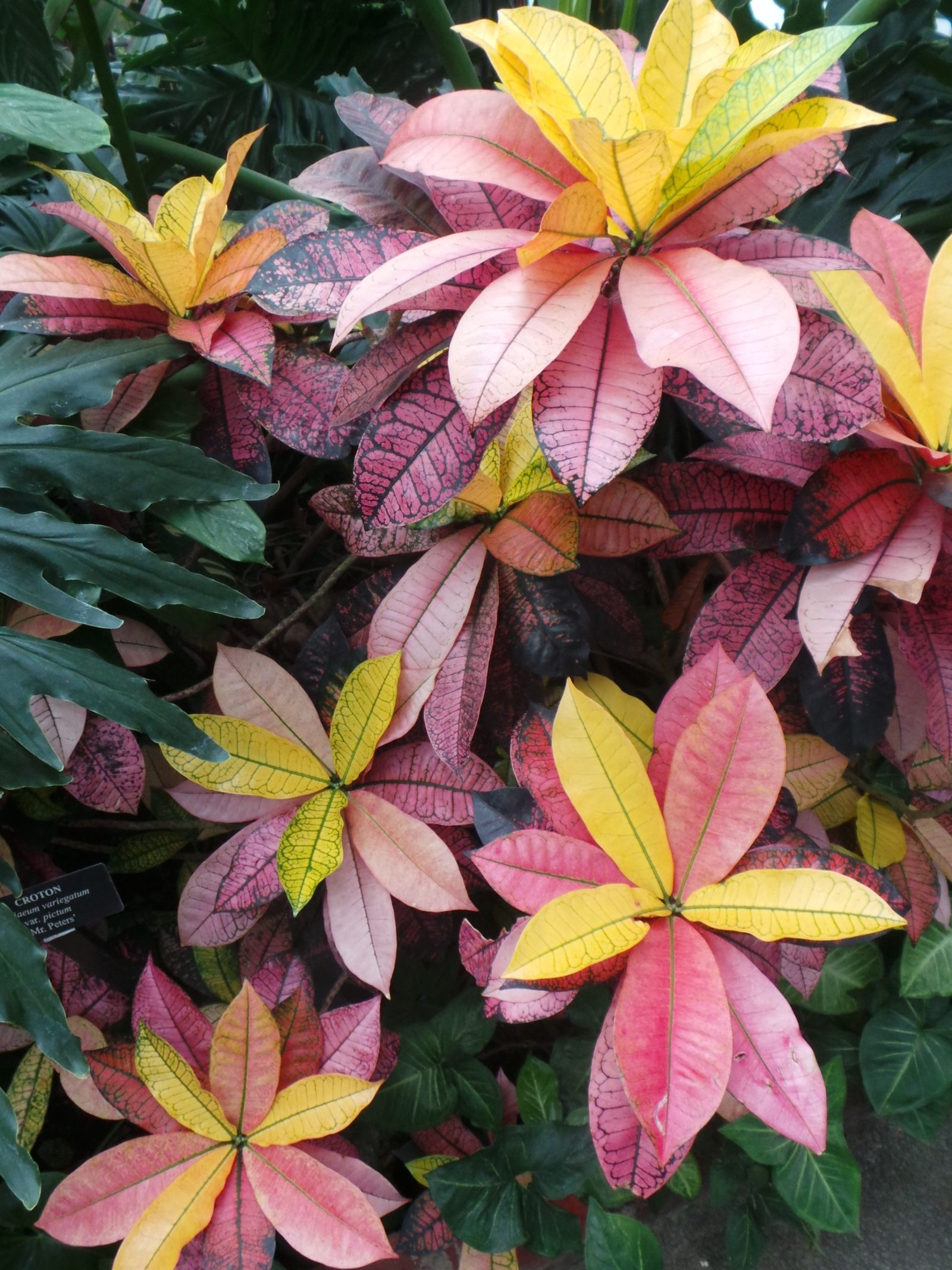
Watch for signs of a plant in need of repotting. A pot-bound plant left uncared for often has nutrient deficiency symptoms (e.g., yellowing) and stunted growth. The most obvious sign that a plant should be repotted is when roots appear on the soil surface or come out of drainage holes. A more subtle sign may be a plant with soil that dries more quickly than usual after watering, requiring more frequent watering. If you suspect you have a pot-bound plant, carefully pull the plant out of its pot and inspect the rootball. If the roots are loose and soil easily falls from them, repotting is not needed. Return the plant to its pot and gently firm the soil. If the rootball contains little loose soil, and has an abundance of roots circling around the outside of the rootball, it is likely time to repot.
Repot your plant at the beginning of active growth (spring for most plants), to allow roots a chance to establish before the winter. Generally you should repot a plant into a pot that is one size larger than its current pot. If a pot is too large, the excess soil will hold water around the roots and create conditions that are favorable for root rots to develop. Make sure the pot you select has adequate drainage! Most houseplants do well in a general, soilless, houseplant potting mix. However, there are special potting mixes for growing orchids, cacti, and African violets. Potting mixes often contain a mixture of perlite, peat, vermiculite, and bark. If possible, avoid potting mixes that contain soil, as they oftentimes have poor drainage and may contain root rot-causing organisms.
Pests and Diseases
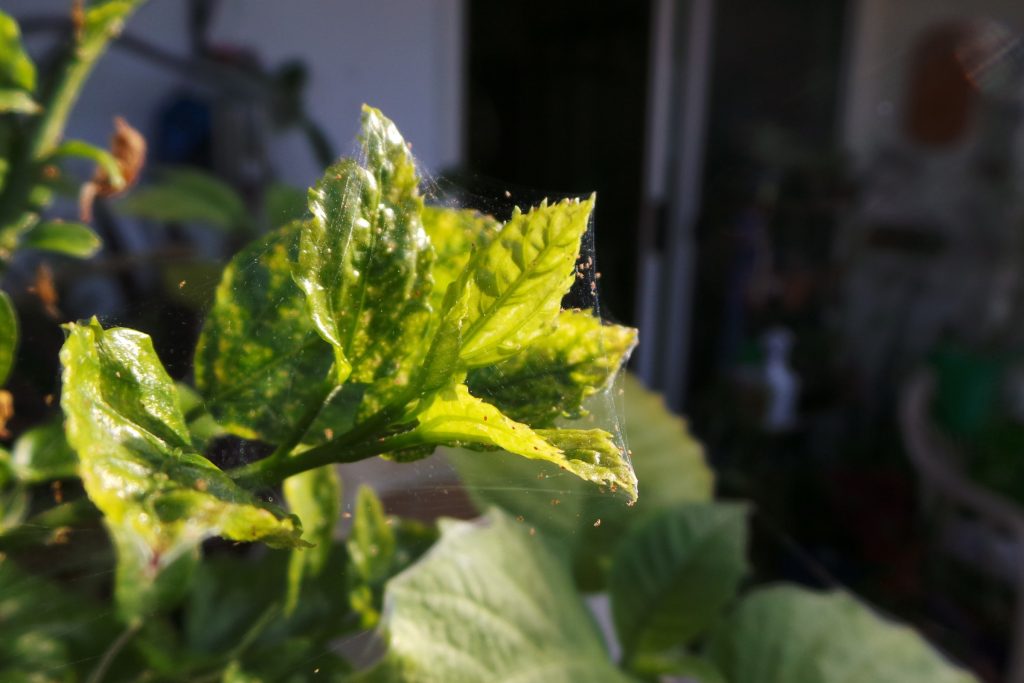
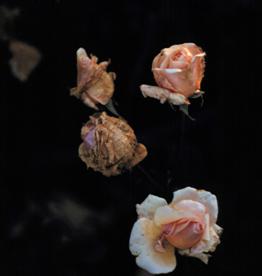
Preventing problems before they occur is the best method of control. Most pests and pathogens arrive on new plants, so be sure to inspect your plant thoroughly before taking it home. Check for signs of insects or pathogens by looking at the undersides of leaves, growing tips, and roots. Keep your new plant separated from other plants in the house for one to two weeks until you are sure it is pest-free. Keep plants well-maintained and inspect them regularly to avoid pest outbreaks. In general if you do have a pest or disease problem, the earlier you find the problem, the easier it is to manage. If an outbreak is in an isolated area of the plant (e.g., on a single leaf), that portion can be pruned to remove the problem. Insects or insect-like pests (e.g., spider mites) that thrive in hot and dry conditions can often be controlled by adjusting environmental conditions. For example, cooling the air or misting a plant can eliminate conditions that are favorable for the development of spider mites. Periodically running lukewarm water over houseplants in the sink or shower can help clean dust and insects off of leaves, and leach excess salts from the soil. Make sure pots have adequate drainage to prevent soil from saturating. Root rot pathogens thrive in wet soils with poor aeration and drainage, and their presence is likely a sign of overwatering. The growth of the gray mold fungus, Botrytis cinerea, is more common under cool, damp conditions. Adjusting the environment so that a plant is warmer and drier may help prevent or reduce problems with this disease. If further control is needed, pesticide sprays can be effective; however, a proper diagnosis of your plant’s problem is needed before any pesticides are applied.
Video: Common Houseplant Myths
It can be hard to separate fact from fiction, especially when it comes to plant care and pest prevention. In this video, learn about the common misconceptions about your indoor plant care and the correct strategies to keep your indoor greenery thriving and healthy.
*Completed as partial fulfillment of the requirements for Plant Pathology 699 – Plant Disease Diagnostics Clinic Special Topics at the University of Wisconsin Madison.
Revised: 10/22/24
Item number: XHT1033





 Forcing Bulbs
Forcing Bulbs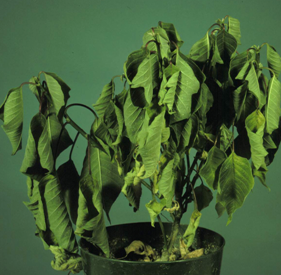 Root Rots on Houseplants
Root Rots on Houseplants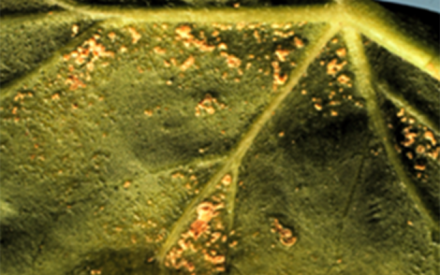 Edema
Edema Orchids
Orchids


